The Primary Camera Setting
For every image, one camera setting is more important than others
Exposure Modes
Cameras have different exposure modes that give you various levels of control over your camera settings.
1. Automatic Modes
Full Auto Mode
In full auto-mode you have no control at all. Your camera will choose not only the exposure settings aperture and shutter speed, but moreover all the focus settings too. That’s definitely not recommended. If you want to use an all-auto-exposure-mode, then use…
Program Mode (P)
The program mode will let you choose focus points and other things, but will take care of the exposure settings so that you don’t have to think about anything.
The downside is obviously, that without having control, you cannot tell the camera what is important to you.
2. Semi-Automatic Modes
In the semi-auto modes, the camera will give you control over one setting and adjust the rest of the settings to output what it thinks is the perfect image brightness. You will set it to give you the option to choose the camera setting that you feel is most important.
Shutter Priority (S, T, Tv)
Shutter priority will let you choose shutter speed and calculate the rest of the camera settings.
Depending on the camera manufacturer, Shutter priority has a different letter on your dial. S is quite logical, T stands for “time” Tv for “time value”. A clear reminder that shutter speed is actually the wrong term. Read more about it here: shutter speed is misleading.
Aperture Priority (A, Av)
Aperture priority will let you choose aperture and calculate the rest of the camera settings. On Canon Av stands for “Aperture Value”.
ISO Priority???
3. Manual EXPOSURE Mode
Which Camera Setting Is Most Important?
There is no general most important camera setting. But there is a primary camera setting for every image. Which setting is most important depends on what you are photographing and how you want the image to look.
What do you want to do?
Before taking an image: ALWAYS ask yourself: what is most important for you. Then first set that primary camera setting that is responsible for achieving what is most important.
- If it is shutter speed, you would set that first and set shutter speed in shutter priority or in manual exposure
- If it is aperture, you would change that setting first in either aperture priority or manual exposure
Whichever you choose – the rest of the settings need to be adjusted accordingly to get the perfect exposure. In manual exposure you have to do that yourself, in the other modes the camera will try to do that automatically for you.
1. Freeze Motion
If you photograph something that moves, you usually want to freeze the motion rather than getting motion blur.
And since you know that shutter speed (or better said exposure time) is the only setting that helps to freeze motion, you also know that this is your primary camera setting for that particular shot.
So you will set shutter speed first and either let your camera do the rest in shutter priority, or change the other settings manually in manual exposure mode.
What shutter speed do you need to freeze motion?
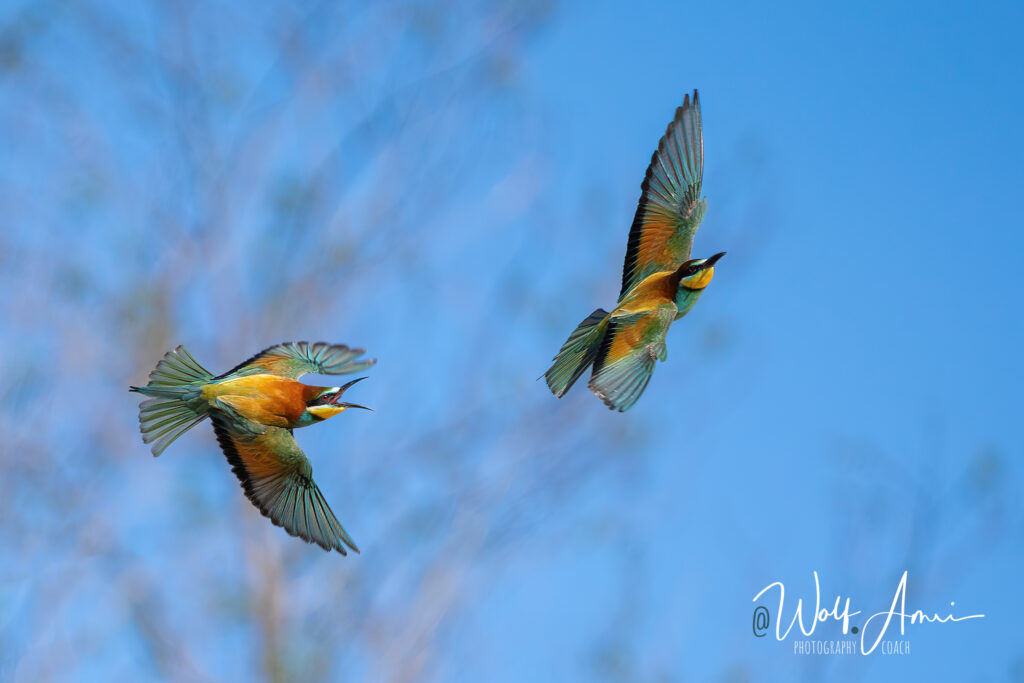

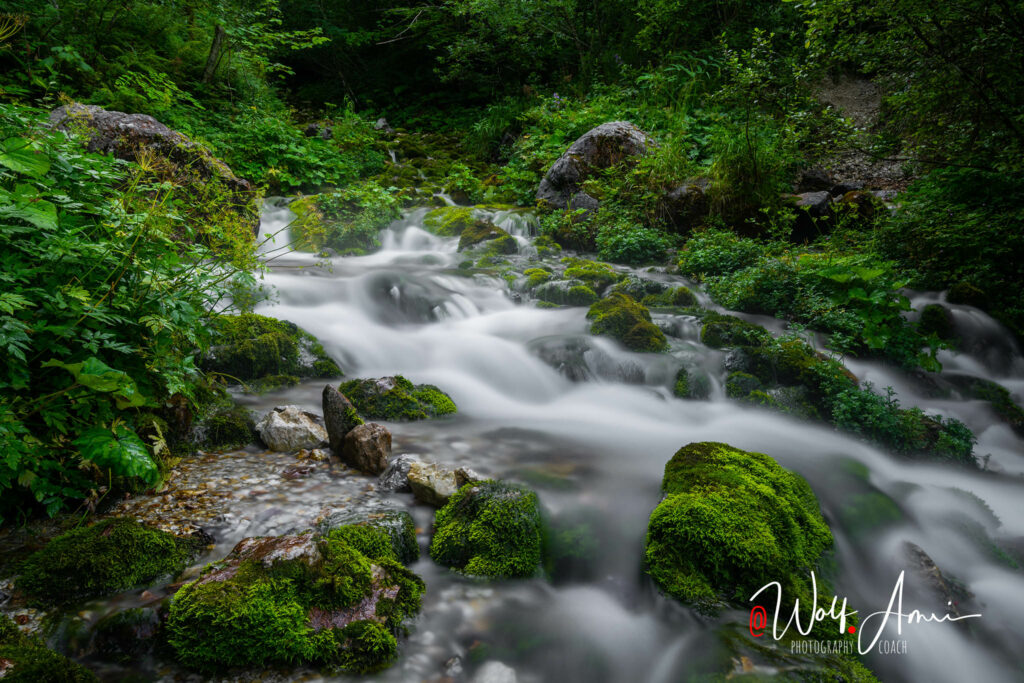

2. Blur Motion
While you usually want to freeze motion, blurring motion is something that is pretty popular among photographers.
And since you already know that shutter speed is responsible for freezing motion, it is quite logical that the same is true for blurring motion. So shutter speed is the primary camera setting if you want to blur motion.
Blurred waterfalls, fireworks or light trails will create some beautiful photographs
What shutter speed do you need to blur motion?
You guessed it: that depends on the speed at which your subject is moving. Again, let me link you to: recommended settings for shutter speed.
3. Shallow Depth of Focus
What aperture do you need to blur motion?
That depends on how much blur you want and how shallow you would accept the depth of focus to become. Some people are OK if only one person is in focus in a portrait of two, others think both need to be in focus.
But there are more factors to background blur than aperture. If you are interested, watch my video “Better Bokeh – the 5 factors of background blur“
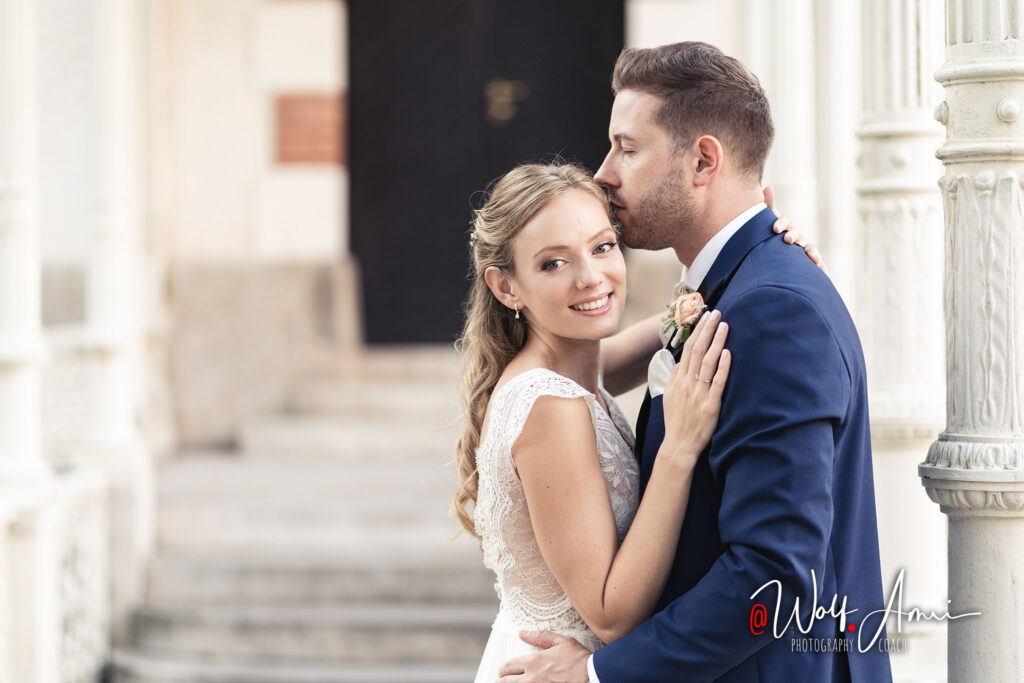
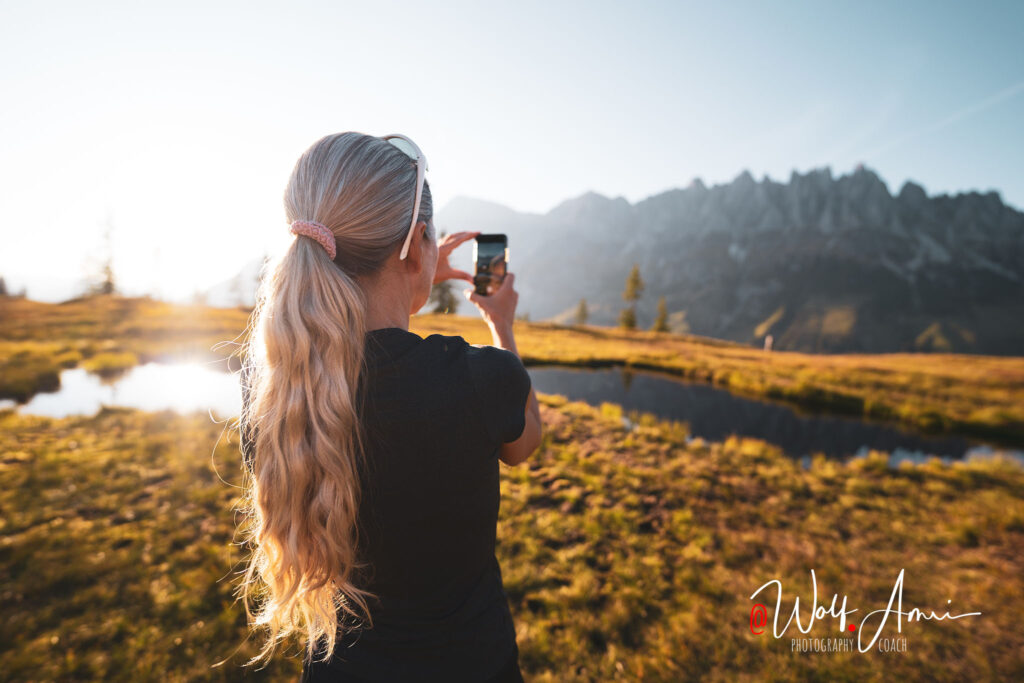

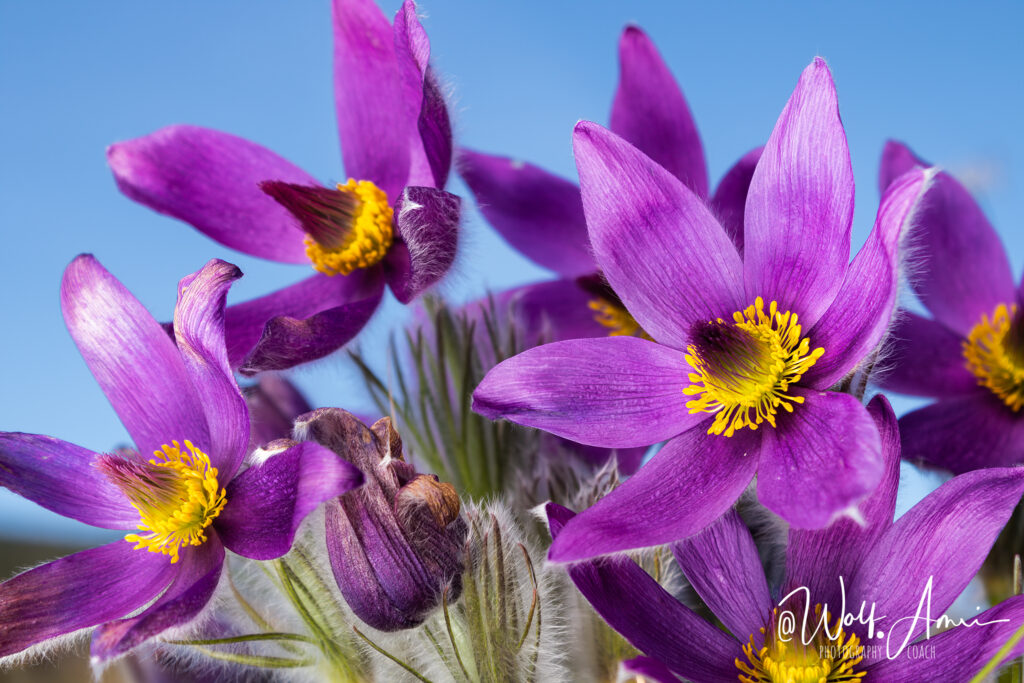
4. Big Depth of Focus
That is often the case with landscape images that have a foreground and background, or with macro and closeup shots.
What aperture do you need to get enough depth of focus?
That depends on how deep your subject is, what lens you use and how far you are away from your subject.
Wide angle lenses have a bigger depth of focus than telephoto lenses. There are depth of focus calculators available. My preferred one is an app called photopills.
5. None of the above
The truth is: there is hardly a shot where there is no primary camera setting. But let’s assume you have a landscape shot, there is not foreground and your subject is far away – so you don’t have to have a big depth of focus.
For this case and anything else you can think of, you still have a primary camera setting without even knowing.
a. Avoid Camera Shake
To avoid motion blur ruining your shot due to a too slow shutter speed for handheld shots, you want to make sure to prioritize that particular setting. Read more here: how to avoid camera shake.
In case you use a tripod, like I did in the second imgage of Budapest, you can straight go to
b. Best Possible Image Quality
The best possible image quality basically contains of two things:
- keeping the ISO as low as possible
While you would do that too for any of the 4 above choices, you can make this your primary goal here. - Getting the best possible sharpness
In my aperture section you learned that every lens has a sweet spot where it produces the sharpest possible image (usually around f/8 to f/11). So in this case, again, aperture becomes your primary setting.
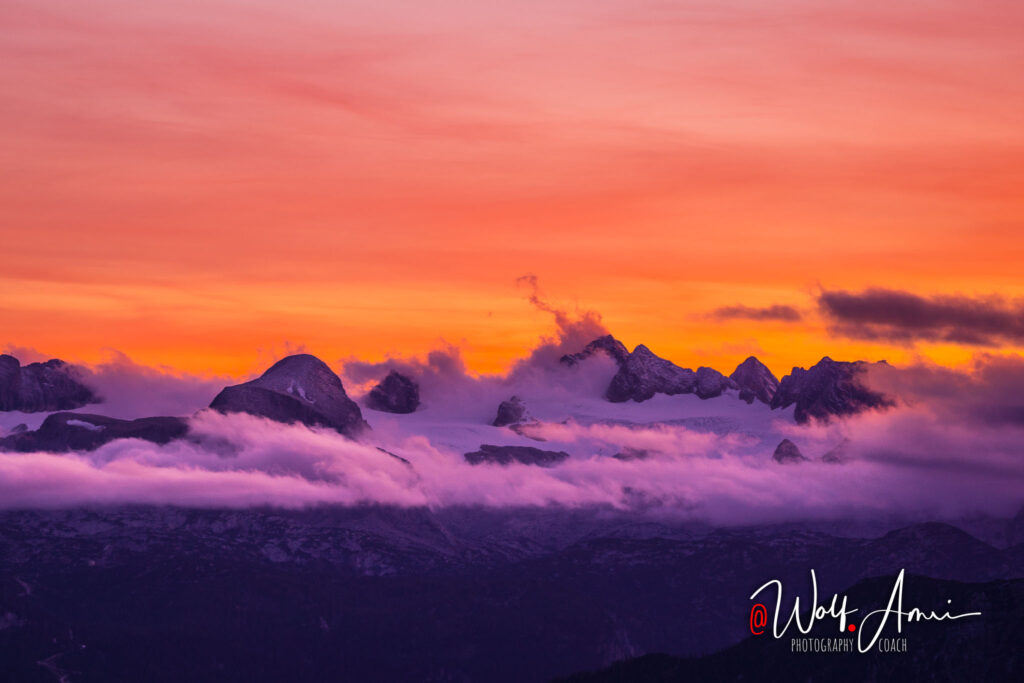
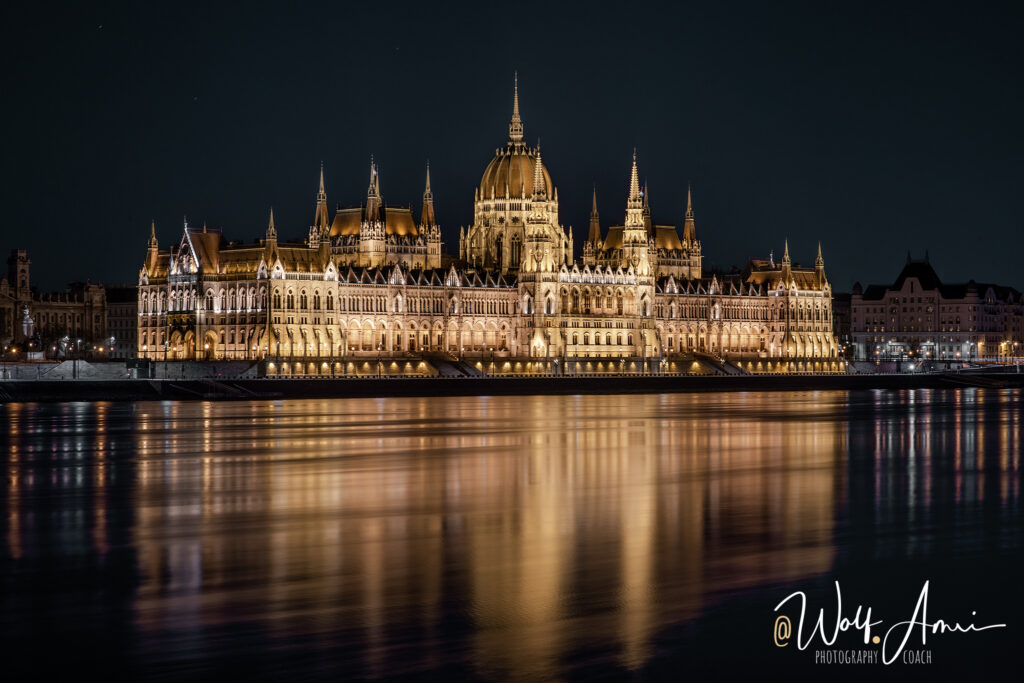
The Secondary
Camera Setting
If there is a primary camera setting and you have three settings available, there has to be a secondary camera setting too.
ISO
Unless you are in manual exposure, the secondary camera setting is automatically the gain (ISO).
- In shutter priority, the camera will automatically choose the appropriate aperture to get what it thinks is the best image brightness, so that leaves the aperture out of the equation and makes ISO the only secondary option to change in that mode.
- In aperture priority, the camera will automatically choose the appropriate shutter speed to do the same, so again that only leaves ISO that can be manually changed.
Manual Exposure
Manual exposure however gives you control over all the settings. That can be a good and a bad thing because full control is amazing if you know what you do, or not helpful at all if you don’t want to concentrate on three settings at once.
One thing to always keep in mind: photography is not a rosegarden:
You Can't Just Set
What You Want
SPREAD THE WORD
Did you ever hear about the primary camera setting before? No? What about letting your friends know that this site contains interesting info?
Primary Camera Setting FAQ
Yes and no.
If you for example need a fast shutter speed and a big depth of focus, you do indeed have two primary settings. Then you can:
- Set a not all that fast shutter speed and a not all that high f-number as a compromise.
- Set both as high as you really need, compensate with a high ISO and live with noise.
- Prioritize one over the other anyway
- Take different shots prioritizing different settings and choose the better image once you are back on the computer.
Please comment below. I will constantly update this section with new questions.
Good reading
Thank you so much, Saeed 🤗🤗
Wolf, I can’t thank you enough. I am brand new to photography and I have been using your youtube videos and this website to curate a binder of the knowledge I am getting from your teachings. It is convenient and easy to understand. You make photography accessible which shows your true love for the art. Again, thank you so much. Your work shines whether teaching or photography.
Thank you so much, Evan! You’ve started learning at the right moment. In a few days (at least I hope it will be no more than 2 weeks 🤪), I will publish the completely – and I mean COMPLETELY 😉 – new course. If you are interested and want to get notified, you can subscribe to my mailing list at free-photography-course.com. I’m so excited already because I worked on it for 3 years.